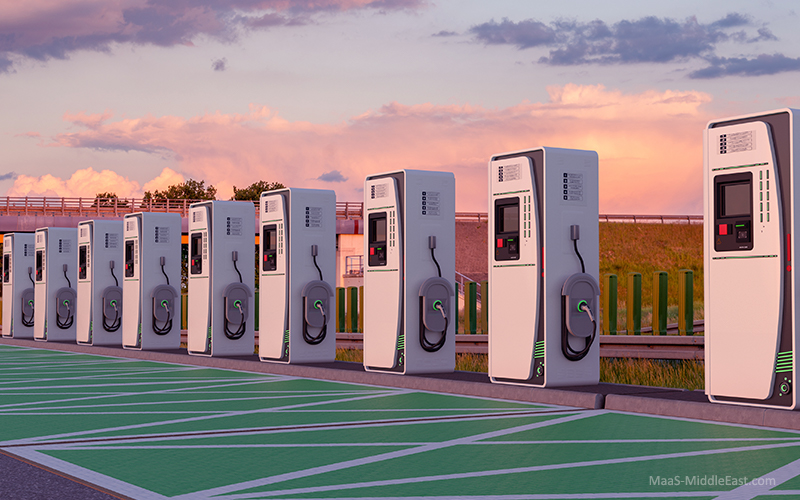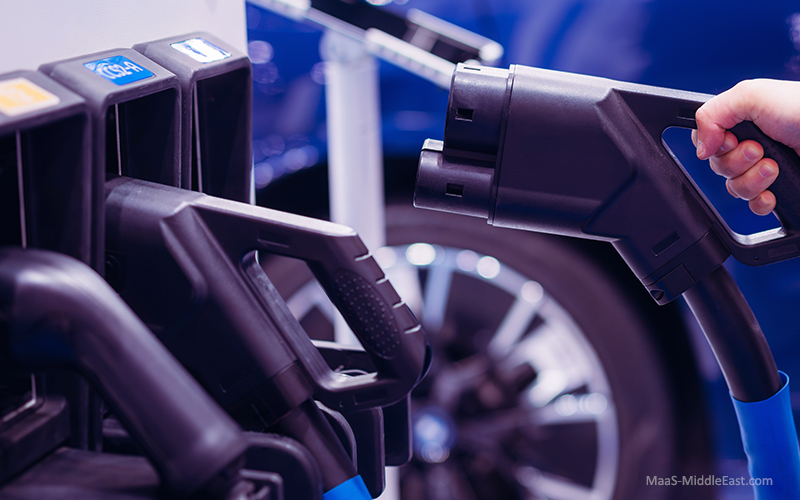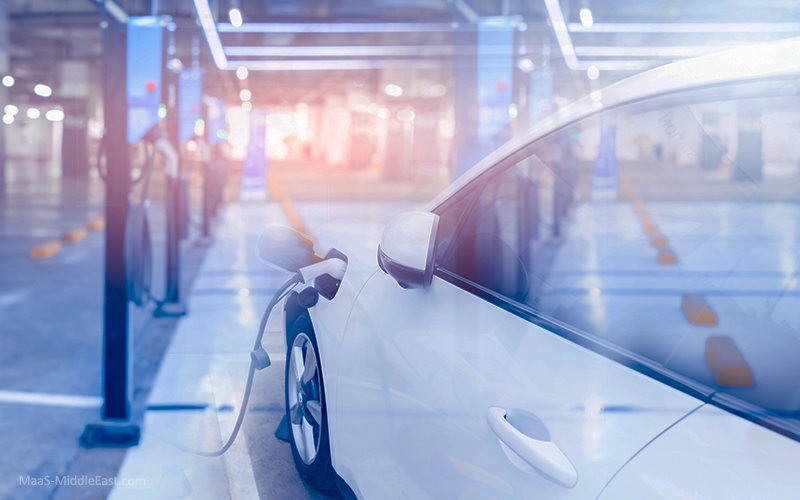In the coming years, it is expected that there will be a significant increase in the number of hydrogen-powered vehicles on the roads. Leading car brands are preparing for this shift by integrating FCEV technology into their offerings to meet the growing demand.
It is estimated that the global market for commercial hydrogen vehicles reached US$3.2 billion in sales in 2021 and is expected to reach US$57.9 billion by 2032, growing at a CAGR of 30.6% from 2022 to 2032. This projected growth also creates an opportunity for an additional US$54.7 billion in the market.
What is Hydrogen Fuel Cell EV and how does it work?
FCEV which stands for Fuel Cell Electric Vehicle is an electric car that uses a fuel cells, sometimes in combination with a small battery or supercapacitor, to power its onboard electric motor. They are classified as zero-emissions vehicles that emit only water and heat. By combining hydrogen and air in the presence of a catalyst, a fuel cell generates electricity to drive an electric motor, with water vapor as the only by-product. So, compared to a battery, a fuel cell is an energy converter rather than a storage device.
Main manufacturers and models
Different companies are now involved in this industry. Several renowned companies are individually or collaborating to make better progress.
BMW and Toyota will team up to produce hydrogen-fuel-cell vehicles starting mid-decade. The partnership will help BMW achieve its target of 50% electrification across its lineup two years ahead of its expected date of 2030.
The German automobile giant also announced its intention to produce the iX5 sport utility vehicle on a small scale this year. The iX5 is based on BMW’s X5 SUV. In the iX5, two carbon-fiber-reinforced plastic tanks house the hydrogen at 10,000 psi, which is converted into electric power inside the fuel cell.
Stellantis, a leading global automaker, has developed a Hydrogen Fuel Cell Zero-Emission solution which combines the advantages of hydrogen fuel cells and electric battery technology in a Fuel Cell Electric Vehicle (FCEV). They have designed a mid-power architecture solution that delivers a range of more than 400 kilometers (certification pending) and refueling in just 3 minutes. Their first models, produced at the Opel Special Vehicles facility in Rüsselsheim, Germany, were launched in Europe at the end of 2021.
In addition to car manufacturers, there are several leading companies in the FCEV industry that specialize in the production of hydrogen fuel cells. These include: Plug Power, Doosan Fuel Cell, Ballard Power Systems, Ceres Power, Hyzon Motors, AFC Energy, and Advent Technologies.
An opportunity for Commercial Hydrogen Vehicle
Over the coming years, we expect to see a significant increase in the number of hydrogen-powered vehicles on the road. Hopefully in the future, around 95 percent of demand by volume will come from commercial vehicles. In Japan and South Korea hydrogen for passenger cars is receiving strong support. By 2035, as many as 850,000 hydrogen-fueled medium- and heavy-duty trucks (MDTs/HDTs) could be on the road in Europe.
The Inflation Reduction Act of 2022, now law in the United States, provides a strong foundation for hydrogen to play a significant role in the global economy by introducing a 10-year production tax credit (PTC) for “clean hydrogen” defined by the lifecycle greenhouse-gas emissions rate achieved at a qualifying hydrogen production facility, where construction starts before 2033.
Germany will invest more than 8 billion euros (US$9.74 billion) to fund large-scale green hydrogen projects, in a step to scale up hydrogen as an alternative to fossil fuels to meet climate targets.
The BMW Group is on record supporting the EU Commission’s efforts to implement the Alternative Fuels Infrastructure Regulation (AFIR) for developing hydrogen filling stations and electric charging infrastructure in parallel.
The EU’s “fit for 55” legislative package aims to reduce net greenhouse-gas emissions by at least 55% by 2030, and to achieve carbon neutrality by 2050. The package is aimed at ensuring that the public has access to the necessary infrastructure for recharging or refueling road vehicles with alternative fuels, in order to meet these climate goals.
In Japan, Yamaha Motor is developing a 5.0-liter hydrogen-fueled V8 engine for Toyota. The new hydrogen V8 started out as the 5-liter V8 deployed in the Lexus RC F. Yamaha made modifications to the injectors, cylinder heads, intake manifold, and cylinder heads to deliver 455 bhp and 398 lb-ft of torque from this engine.
Why Choose Hydrogen Fuel Cell Technology?
- Environmental concerns: Unlike conventional internal combustion engine vehicles, FCEVs produce no harmful tailpipe emissions. They are powered by hydrogen so they are crucial in delivering zero emissions across many kinds of road transport, from passenger cars such as the Mirai, to vans, trucks and buses. They only emit water vapor and warm air. Current estimates show that FCEV production and recycling emits about 40% as much greenhouse gas as BEVs. They can be powered by hydrogen produced from renewable energy sources such as wind, solar, and hydro power. This can significantly reduce the carbon footprint of FCEVs, as opposed to hydrogen produced from fossil fuels.
- Fuel efficient and high performance: To power an FCEV, that energy has to be converted into hydrogen, possibly by passing it through water (the electrolysis process). This is around 75% energy-efficient. FCEVs are cleaner than BEVs and internal combustion vehicles, with additional room for improvement as hydrogen generation and distribution advance. They also have a higher energy efficiency compared to internal combustion engines (ICEs).
BMW has pointed to a number of advantages of the technology such as quick charging time. Depending on the charging station and battery capacity, fully electric vehicles currently require between 30 minutes and several hours for a full charge. The hydrogen tanks of fuel cell cars are full and ready to go again in less than five minutes. A full hydrogen tank will last around 300 miles. And since the fuel price is getting higher everyday , FCEVs are a better option to the consumers.
However, FCEVs are still relatively expensive to produce and there are currently a limited number of hydrogen fueling stations available, which can make them less convenient to own and operate than traditional gasoline vehicles or even battery-electric vehicles. Despite these challenges, many car manufacturers are investing in the development of FCEVs and the infrastructure for hydrogen fueling is gradually expanding.





